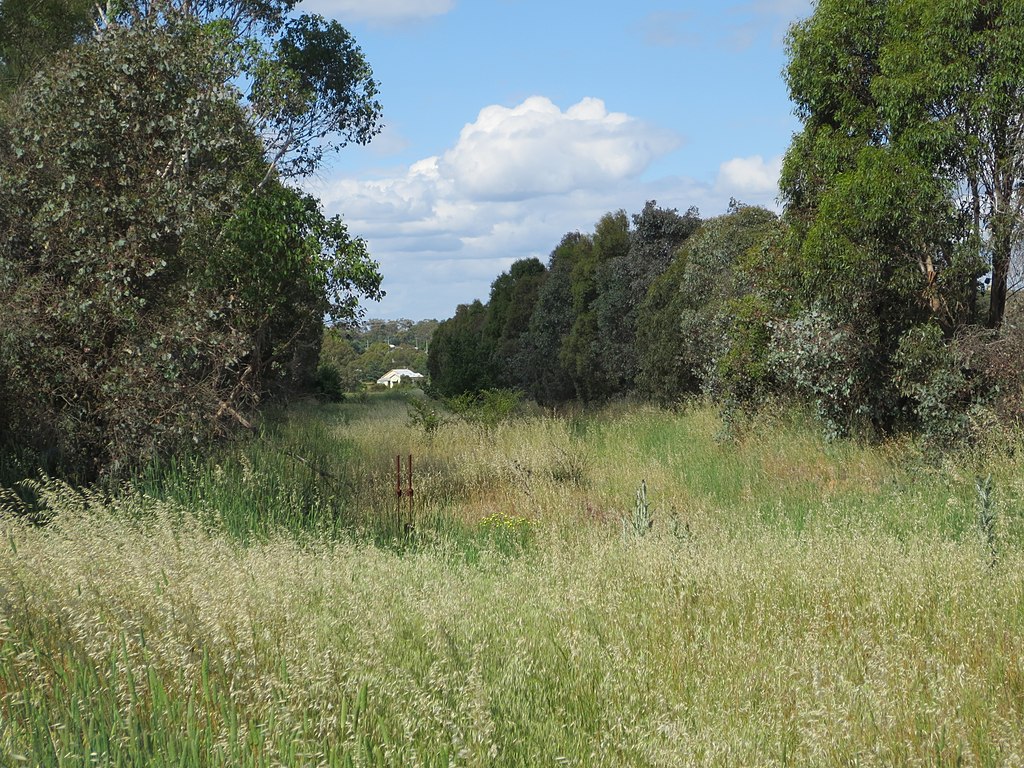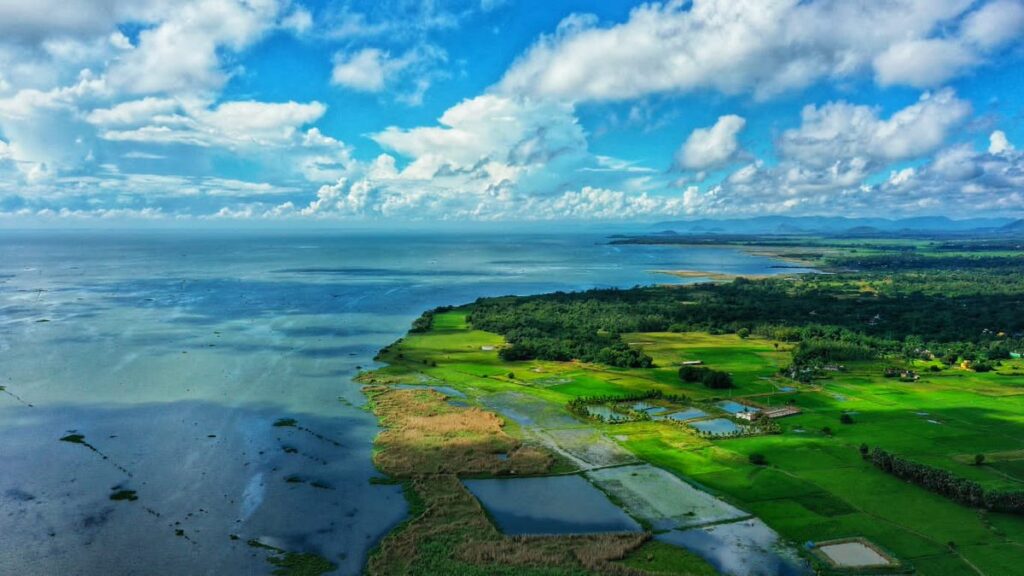The process of reversing degradation of ecosystems, such as landscapes, lakes and oceans, to regain their ecological functionality and to improve the productivity and capacity of ecosystems to meet the needs of society is termed as ‘ecosystem restoration’. This is done by initiating natural regeneration of overexploited ecosystems. This method not only encompasses planting trees, but also provides a step-to-step procedure explaining the process of restoration of a degraded ecosystem.
How can an ecosystem be restored?
- Reducing societal impacts
This involves the decrease in any activity which may be causing harm to the ecosystem through human production and consumption. By reducing these impacts, we aim to recover important ecological attributes of the ecosystem.
- Improving ecosystem management
By conducting research on natural resource management, ecosystem services, biotic and abiotic relations and environmental pollution, we install a better understanding of what it is that we need to improve in the given ecosystem.
- Repairing ecosystem function
The ecosystem function refers to the elemental, hydrological and nutrient cycles that are performed among the biotic and abiotic attributes in the ecosystem. This disrupted chain is fixed again through repair and remediation.
- Initiating natural recovery
This process forms the first part of rehabilitation where natural recovery of primary organisms such as plants is allowed.
- Partially recovering native ecosystems
By comparison to the original state of the degraded ecosystem, or by comparison to the ideal state of the ecosystem, the region is restored and rehabilitated.
- Fully recovering native ecosystems
The ecosystem now resembles the original/ideal state of a functional ecosystem. This is the end of the process of ecosystem restoration.
New concepts in Ecosystem Restoration
- Ecosystem restoration: this includes a rather vast range of ecosystem management interventions, from reducing societal impacts to fully recovering native ecosystems. For example, the remediation of acidic soil, removal of plastic from the ocean.
- Ecological restoration: this is a type of ecosystem restoration practice and offers the highest level of repair of the ecosystem in an ecological manner. This process included the removal of degradation and restoration of the designated area to the original/ideal state. To bring an ecosystem back to its baseline state is termed as ecological restoration.
- Ecosystem services: these are the direct and indirect contributions of ecosystems to human well-being. They include production of oxygen-rich air, clean soil and water, nutrient cycling and pollination, provision of goods useful to humans and products for aesthetic satisfaction.

Global policy frameworks for ecosystem restoration
The world has recognised the value of ecosystem restoration on regional and international levels. Global initiatives and agreements focus mainly on ecological and human health, to restore degraded landscapes.
International Agreements
- CBD: Convention on Biological Diversity
- UNCCD: United Nations Convention to Combat Desertification
- UNFCCC: United Nations Framework Convention on Climate Change
International policy platforms
- SDGs: Sustainable Development Goals
- Bonn challenge
- Global forest goals
Case studies of Ecosystem Restoration
Marine restoration: Project Seagrass, UK
Seagrass is a protective, permanent habitat and a source of food for millions of marine organisms. Its reduction or even extinction would result in a potential loss for all the species which follow the food chain and which consider it a natural nursing or breeding habitat. Seagrass also stores huge amounts of carbon in their sediments, making it a natural solution against climate change. It also acts as a rooter preventing coastal erosion.
However, more than one-thirds of seagrass is lost since the 1980s. project Seagrass aims to restore seagrass through an interdisciplinary approach of research, conservation and education. They perform functions such as seed planting by collecting millions of seeds from healthy meadows. The seeds, grown into seedlings, are then successfully planted in degraded ecosystems.
Lake restoration: Chilika lake, India
The Chilika lake and lagoon is a remarkable landscape which incorporates marine, freshwater and coastal ecosystems. Situated in Odisha along the Eastern coast of India, it is now a tentative UNESCO World Heritage site and the first Indian wetland of international importance under the Ramsar convention. It is also considered as a biodiversity hotspot and the home of the Irrawaddy dolphin. Tidal and salinity influx into the lagoon was considerable reduced because of shoal formation.
The state government thus recommended an inlet to be opened close to the lagoon. The gradual reduction in salinity from mouth to lagoon has provided a favourable environment for euryhaline forms. These hydrological interventions for the restoration of the lagoon have indeed improved the ecosystem function of this waterbody. It has also improved fishery resources, water quality, biodiversity and protection of threatened species like the critically threatened Irrawaddy dolphin. Numerous fish species of economic importance have also reappeared.

Rainforest restoration: Valparai Plateau, India
The Western Ghats are a region of tropical, deciduous and rainforests located parallel to the Western coast of India. Thanks to the abundance of biota and abiota, it is also a rich biodiversity hotspot. However, due to anthropogenic activities such as land clearance, extraction of fuelwood or agriculture, the current annual deforestation rate is 1.2%. Mature forest tree species are suited for restoration of the ecosystem. Over the last 20 years, the Nature Conservation Foundation has been working on restoring rainforest fragments on the Valparai Plateau in the Annamalai Hills. Nearly 15,000 saplings of around 60 native species have been planted by plantation companies. Coffee, cardamom, tea and vanilla plantations are planted extensively in this region.
Conclusion
Ecosystem restoration is thus a complex process which involves a multidisciplinary and holistic approach towards the revival of our most precious resource on the planet: ecosystems.
Help us Help Them! Think Wildlife Foundation is a non profit organization with various conservation initiatives. Our most prominent campaign is our Caring for Pari intiative. Pari is a rehabilitated elephant at the Wildlife SoS Hospital. 25% of the profits from our store are donated to the elephant hospital for Pari. Other than buying our wonderful merchandise, you could donate directly to our Caring For Pari fundraiser.
Written by: Shreya Patankar
